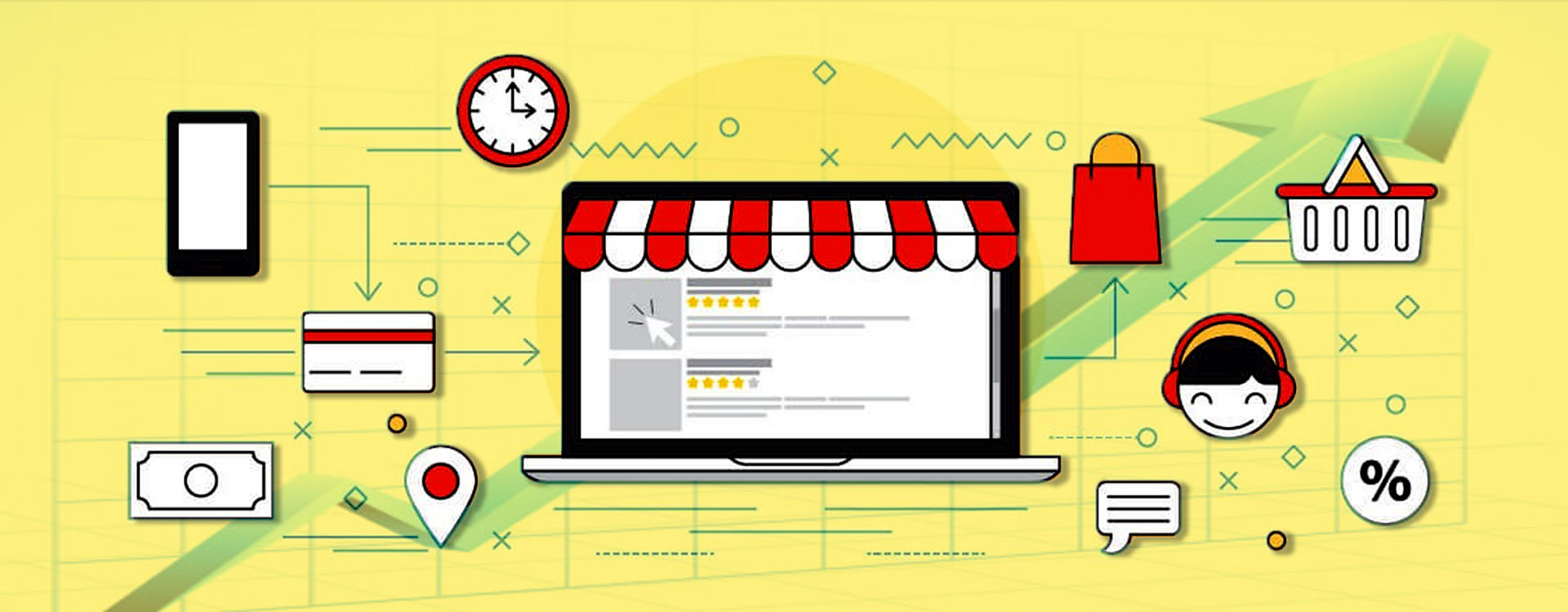E-commerce shopping in Indians today is now the most preferred shopping mode. Though malls, retail stores, and local markets have reopened, the comfort and convenience of purchasing things within a click has caught shoppers to continue with online buying. According to a survey from LocalCircles, consumers have mostly bought groceries and essentials followed by medium-value items from e-commerce. The survey also says that safe deliveries and competitive pricing were the top reasons to shop with e-commerce. As per IBEF ( Indian Brand Equity Foundation), India’s e-commerce sector is expected to surpass the USA to become the second -largest e-commerce market by 2034. The E-retail market in the next five years is projected to exceed ~300-350 million shoppers, propelling the online Gross Merchandise Value (GMV) to US$ 100-120 billion by 2025. With easily available e-commerce website builder tools such as Shopify, Shoptimize at affordable costs is encouraging individuals to launch their business online thus creating cut-throat competition in the e-commerce market. E-commerce companies to remain relevant and cater to the changing customer demands need to upgrade themselves by implementing new technologies. Gone are the days when analysing the general patterns of customer shopping behaviour was sufficient to hold the customers. Below is the list of new technology trends that will be ruling the e-commerce industry.
‘‘
As per IBEF ( Indian Brand Equity Foundation), India’s e-commerce sector is expected to surpass the USA to become the second -largest e-commerce market by 2034.
Top Technology Trends for E-commerce
Progressive Web Apps (PWA)
A kind of application software that is built using common web technologies using HTML, CSS, and Javascript. PWA website appearance resembles that of a mobile app. It offers rich functionality and a smooth user experience associated with native apps. After the installation, when a user clicks on its icon on a device home screen it takes him straight to the website. With more competition brewing in the e-commerce space, entrepreneurs will pivot to PWAs to enhance user experience, generate superior traction, and drive business expansion.
Automated last-mile delivery
The yardstick to measure the efficiency of an e-commerce company is determined by faster deliveries and smooth logistics. To become more efficient with deliveries and logistics small e-commerce players are automating their logistics operations to cut down the delivery times of multiple products by introducing same-day and two-day deliveries. Features like real-time shipment tracking, COD acceptance, AI-driven courier recommendations, easy scheduling of pickups, optimized route planning will aid businesses to cut costs on delivery, improve customer retention and gain profits.
Collaborative recommendation
The data is the asset and lifeline of any business. Under AI, tools such as collaborative recommendations in websites suggest products to customers based on the historical data of other customers’ previous product purchases. The use of AI chatbots establishes seamless communication with customers instantly that gives companies adequate data to know and track consumers behaviour and provide personalized answers to address customer queries. Using ML, e-commerce can customize search results based on past purchases and browser history.
Voice-enabled shopping
Speaking takes less time than typing and also enables multitasking. With Google’s commercial featuring Gajraj Rao speaking about the benefits of voice search, it is enabling e-commerce marketers to consider voice search marketing as a part of SEO strategy. The use of keywords and phrases is slightly more elaborate while we speak than type. Thus, including them will enable the brand to rank higher when the words are uttered.
Google says that currently, more than 20 percent of the search queries are from voice searches. The voice search strategy will prove to be beneficial to the rural masses who are not comfortable to type or read in English. They might use a voice search to search for a product, nearby hospital or restaurant, etc. Reliance Jio’s affordable handsets have a stronghold in rural India, that has the voice search feature even though it is not android.
Real-time signal-driven analytics
Real-time data processing and analytics can help extract information of shoppers to provide actionable insights that will help in driving sales. With the shopper information on hand, the marketing and purchase recommendations can be more narrowed and specific for emerging customer micro-segments. Better business conversions can happen with better analysis of customer behaviour, demographics, and actions.
For the startups
Low entry barriers for setting up an e-commerce business are creating fierce competition. Companies need to differentiate themselves from the clutter by adopting various technology trends to offer customers a smooth buying experience and increase conversions.




